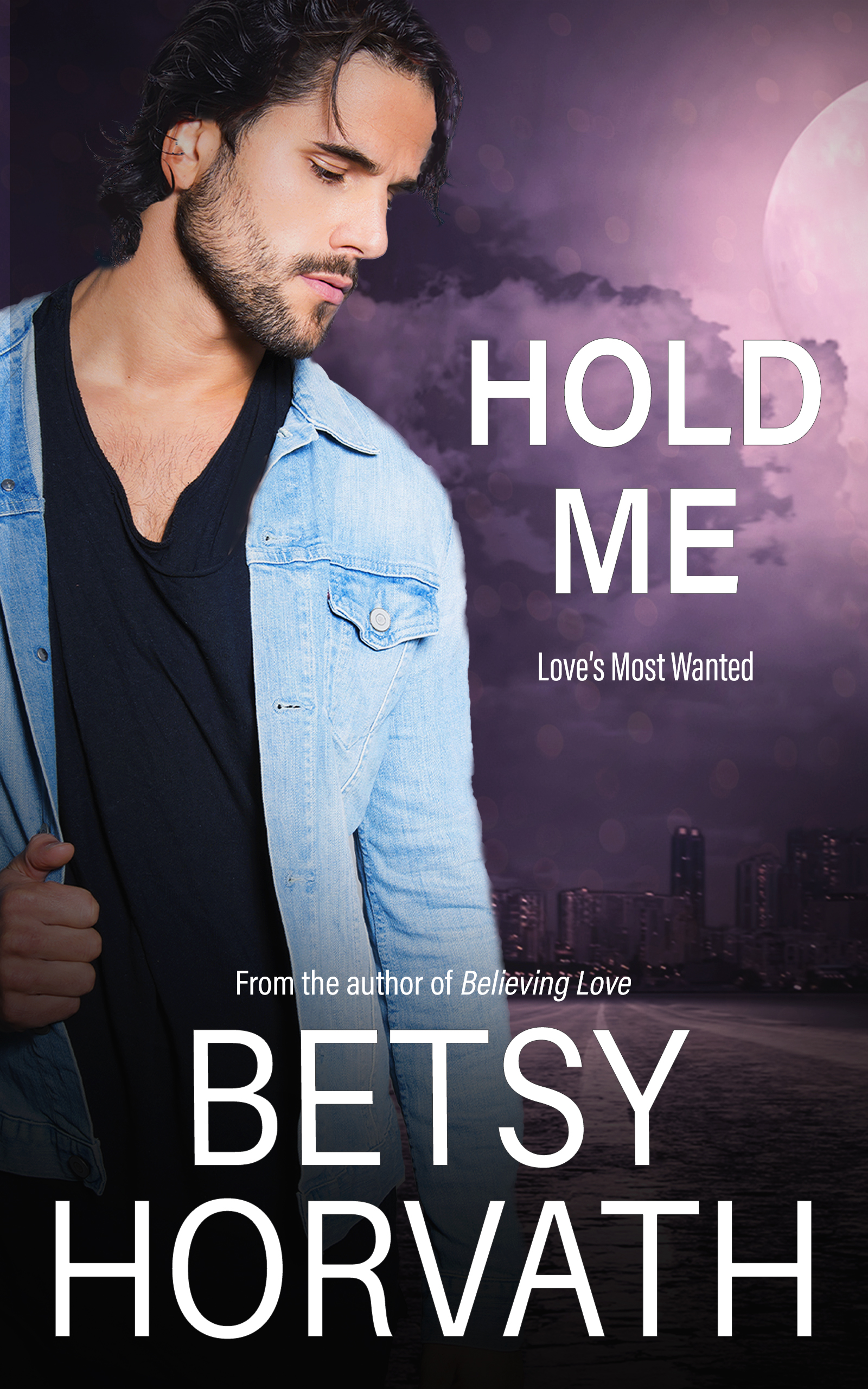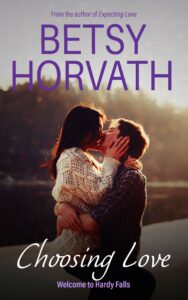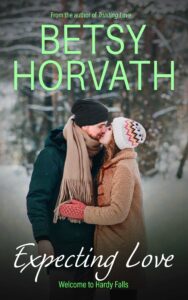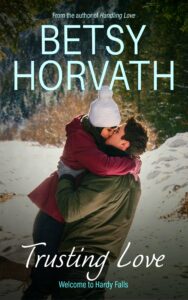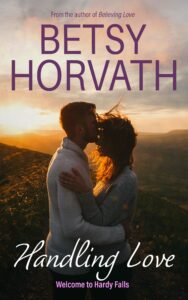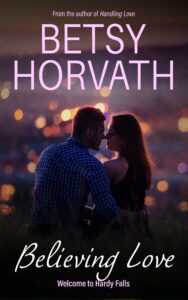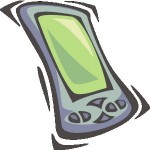 Ever since my book was accepted for publication by Carina Press, a digital first imprint, I’ve been getting a lot of questions about eBooks. Since the questions seem to pop up regularly and from a variety of people, I thought I’d set up a FAQ page. And THEN I thought, “Hey, why not multitask and get a couple of blog posts out of it?” Win!
Ever since my book was accepted for publication by Carina Press, a digital first imprint, I’ve been getting a lot of questions about eBooks. Since the questions seem to pop up regularly and from a variety of people, I thought I’d set up a FAQ page. And THEN I thought, “Hey, why not multitask and get a couple of blog posts out of it?” Win!
So tonight I’m going to talk a generally about what eBooks are. In my next post, I’ll talk about how to purchase and read an eBook. Hopefully I won’t bore the pants off you.
I’d like to make a disclaimer before I start. I am in no way an eBook expert. But I’ve had kind of a crash course in them over the past year or two, so I thought I’d share what I’ve learned.
One thing I still HAVEN’T learned is whether it should be “e-book” or “ebook” or “eBook”. So I just pick one and run with it.
So, here we go –
What is an eBook?
An eBook is a Book with an “e” in front of it.
Thank you! I’ll be here all week.
No, seriously. An eBook is a book formatted to be read on a digital reading device. That device can be a dedicated eReader, but it can also be a computer, tablet, or smartphone. More on that next time.
Is an eBook an actual book?
Absolutely! The only difference between an eBook and a paper book is the medium in which they are presented. The same amount of work (or lack of work) goes into an eBook as goes into a paper book.
Are eBooks shorter in length than regular books?
First of all – let me repeat, eBooks ARE regular books! You just don’t have to worry about staining them when you spill coffee. Second – eBooks come in a variety of lengths. Because the production and marketing costs are different (no paper), publishers are able to sell eBooks that are of short story, novella, or novel length.
Okay, so how can I tell what I’m actually buying?
Most eBooks note the word count rather than number of pages. That’s because you can format font size differently on each device to meet your own reading needs. Unfortunately, this can be a little confusing.
Wikipedia says that a novel is greater than 40,000 words, but that covers a lot of territory. A regular old-fashioned single copy book by anyone other than Stephen King or J. K. Rowling is probably between 80-100,000 words. The category romances – the Harlequin romances you see in the grocery store – are usually 50-70,000 words.
A novella, according to Wikipedia, is 17,500-40,000 words. Think about those compilation books with stories by three different authors. If the whole book is 80-100,000 words, then each of those stories is around 30,000. And, of course, a novelette or a short story would be, um, shorter.
My book, HOLD ME, is 104,000 words. In case you want to know. 🙂
Are all eBooks self-published?
No. Although that has been a common misconception, it seems to me there are three different sources for eBooks:
1. Traditional. These are the books originally released in paper copies. The eBook is a secondary channel for sales, much the same as audiobooks. The primary channel for sales comes from the paper copies.
2. Direct to Digital. These books are acquired by publishers, but instead of printing paper copies, the books go directly to digital and are released primarily or exclusively as eBooks. This is where Carina Press fits in. It is the digital imprint of Harlequin. Several other traditional publishers are starting their own digital imprints, so this market is growing.
3. Self Published. This is pretty self-explanatory. The author is the publisher.
So, there’s just some general information about eBooks to whet your appetite. On Thursday I’ll talk a little more about the different ways to read an eBook, and where they can be purchased.
Not that I’m being self-serving or anything. LOL 😉

